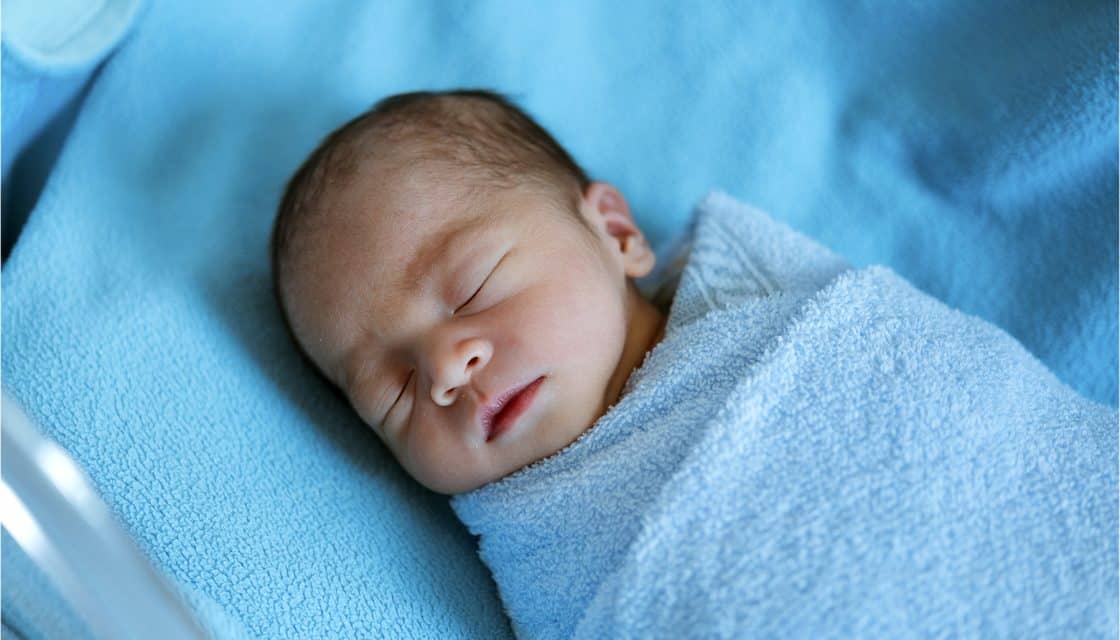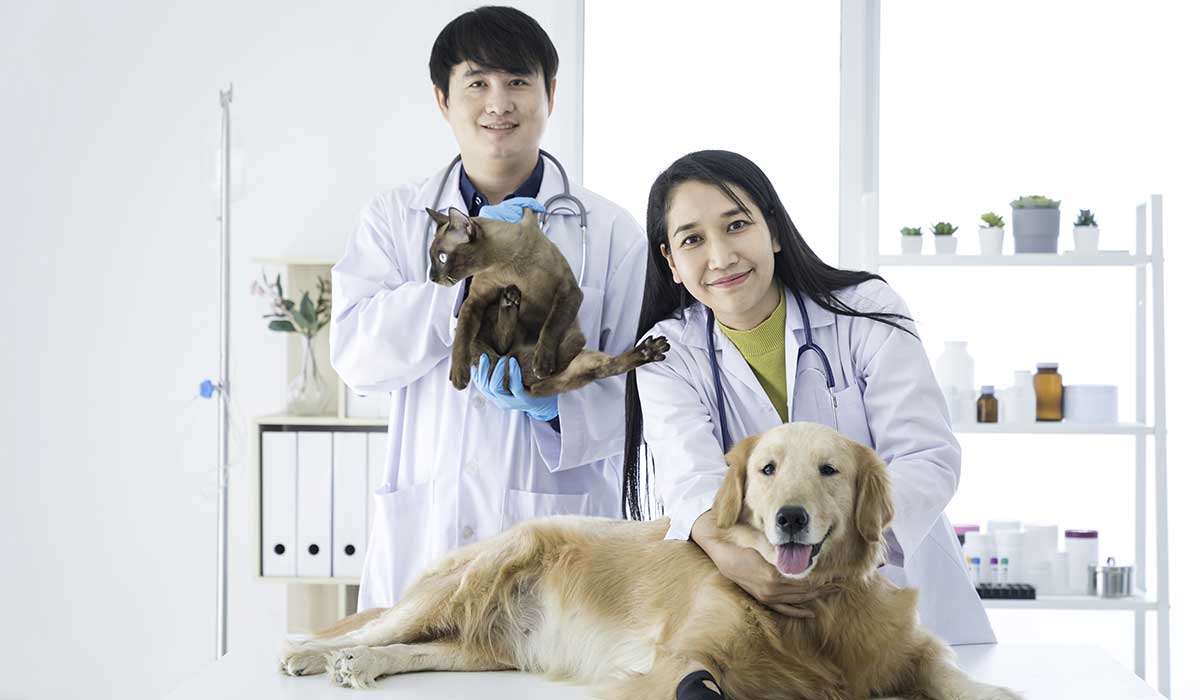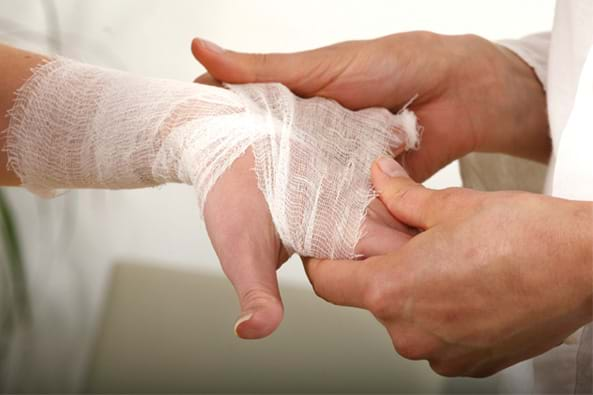Chronic wounds represent a significant clinical challenge, with delayed healing leading to increased morbidity and healthcare costs. Traditional assessment methods rely heavily on visual inspection and subjective scoring, which can miss underlying pathophysiological changes. Photoacoustic imaging has emerged as a promising modality for wound evaluation, offering high-resolution, depth-resolved insights into tissue oxygenation and vascular remodeling. Studies have demonstrated its ability to detect hypoxia and inflammation—key indicators of impaired healing—noninvasively and in real time. By integrating functional and molecular information, photoacoustics may enable earlier intervention and more personalized wound management strategies.
Investigational Use Only
The PA Probe is currently used for research only and is not approved for clinical use.
Wound Care
Rapid chronic wound management through point-of-care tissue oxygenation assessment.
Neonatal Imaging
Non-invasive monitoring of tissue oxygenation in vulnerable newborn populations

Neonatal hypoxic-ischemic injury is a major cause of long-term neurological deficits, yet current imaging tools like MRI and CT are costly, require sedation, and aren't suited for bedside use. Photoacoustic imaging offers a noninvasive, real-time alternative for assessing cerebral and soft tissue oxygenation. Studies show >85% sensitivity and >93% specificity in detecting hypoxia in neonatal models. With the brain imaging market projected to grow from $15.1B in 2025 to $24.8B by 2035, portable photoacoustic systems could revolutionize point-of-care neurodiagnostics in neonatology.
Related Publications
Veterinary Care
Translating advanced imaging technology to improve animal health outcomes

Veterinary care is shifting toward noninvasive, cost-effective diagnostics. Photoacoustic imaging offers real-time, high-resolution insights into tissue oxygenation and inflammation—without radiation, sedation, or expensive infrastructure. Ideal for clinics and field use, it enables early detection of conditions like cancer and vascular disease in animals. With the veterinary imaging market projected to grow to $364M by 2033, affordable, portable photoacoustic systems are poised to transform animal health diagnostics across species and settings.
Join Our Research Efforts
Are you interested in exploring the potential of photoacoustic imaging in your clinical or research setting?
Contact Us